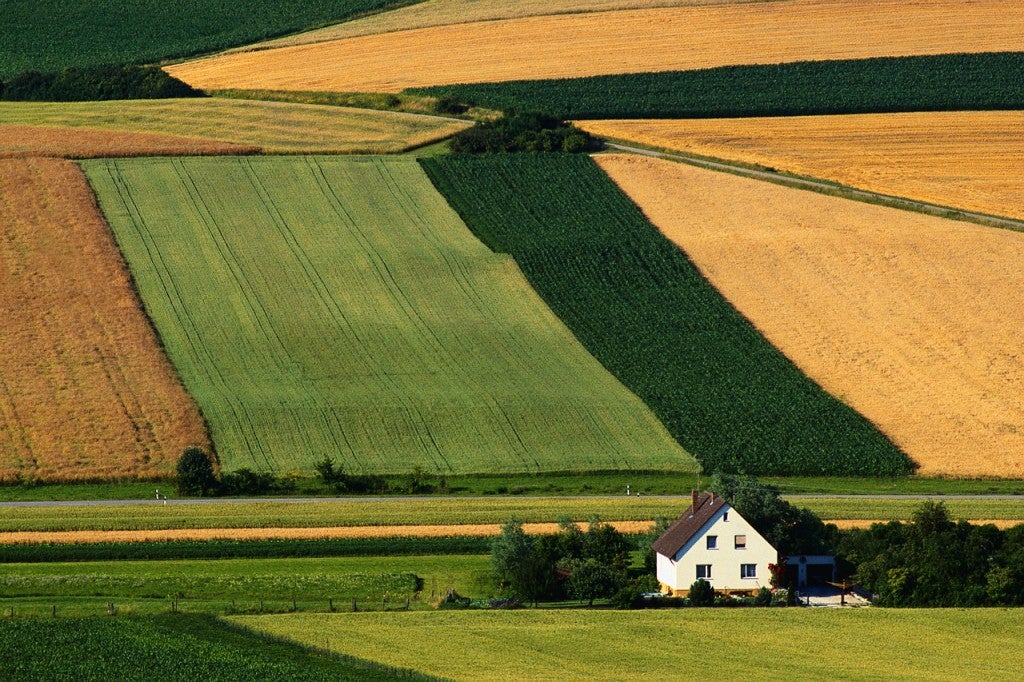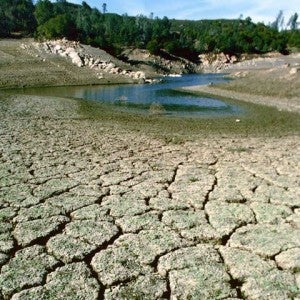Rural Communities Need Extra Support In Light Of Energy And Water Constraints

Around 20% of the US population lives in an area that is classified as “rural.” The US Census Bureau defines an urban area as a territory with a population of at least 50,000, or a cluster of 2,500 to 50,000 people. Rural is then defined as anything outside of that definition. Rural areas face particular challenges when it comes to energy and water use. For example, utilities are met with higher costs and often find it harder to implement new clean technologies to modernize their energy infrastructure because of the great distances between customers and an irregular patchwork of reliable resources. Besides, many system planners and thought leaders for innovative energy technologies live in urban or suburban areas and may find it harder to relate to the specific challenges of rural settings.
It’s likely that climate change will impact rural communities in different ways than it will urban areas, due to a number of factors including the types of common occupations, poverty levels and demography. Of particular concern is the “climate gap”, which refers to the lower economic and physical adaptability of rural communities. It will vary based on region, but research indicates that rural communities in the Southeast and Southwest could face particularly dire circumstances due to changes in electricity prices and water scarcity.
Areas that produce food for urban centers could face very serious problems, which in turn compounds these problems for everyone. According to the US Department of Agriculture (USDA), California is by far the largest food-producing state in the country, with Texas not too far behind. Both are water-constrained. Eight Midwestern states make up the rest of the top ten. To mitigate the severity of these consequences, rural residents and businesses need to address the inefficiencies in their electric and water usage.

Many companies and industries base their manufacturing facilities in rural areas because of land availability and lower costs. There are huge opportunities for efficiency gains here, and some companies have discovered this untapped potential. For a number of years, EDF has been working on mapping industries and manufacturing companies that are more energy efficient and help grow green jobs sectors across the US. Some rural electric cooperative utilities are leaders in helping inform their members about their energy use and offering solutions. I highlighted one great example in a previous blog post on Bluebonnet Electric Cooperative just outside of Austin, Texas.
The American Council for an Energy-Efficient Economy (ACEEE) recently published a report on energy efficiency opportunities for the USDA. The report highlights prospective grants and loans for rural communities to carry out energy improvements to their homes, properties or manufacturing facilities. The Farm Bill is up for reauthorization this fall, and includes many grant and loan guarantee programs for rural communities. However, the majority of clean energy assistance through the USDA is based on renewable energy, instead of energy efficiency. The vast majority is renewable biomass (over 94%).
As the ACEEE report notes, rural communities could greatly benefit by paying more attention to and encouraging grantees to apply for energy efficiency assistance that is available under the current system. This includes grants or loans for energy-efficiency farm or manufacturing equipment, feasibility studies, energy audits, revolving loan funds for rural cooperative utilities and developing water and electric conservation plans. While the energy-related provisions of the Farm Bill are relatively non-controversial, there is some danger to the bill’s reauthorization due to some more political issues included. But it’s important to ensure that energy efficiency programs, which are very cost-effective, remain well-funded and that rural communities are informed of their availability.
Urban populations need to be aware of and sensitive to the needs of our rural communities and their increasing vulnerabilities to energy and water constraints. Making up a fifth of our population is one thing, but these communities represent more than that — they are the lifeblood of this country, providing food and products that we all rely on. It’s imperative that our energy and water efficiency policies are promoted and taken up by these vital communities. We are all in this together.











